Oriental Cat Breed Origin and History: Everything You Need to Know

The enchanting Oriental Cat breed, with its sleek body, almond-shaped eyes, and vibrant personality, has captured the hearts of cat enthusiasts worldwide. But behind those striking features lies a rich history that spans centuries and continents.
These elegant felines didn't simply appear overnight. Their story weaves together ancient Eastern traditions with modern Western breeding innovations, transforming them from sacred temple cats in ancient Siam to the diverse, colorful breed we know today.
In this article, we'll explore the captivating journey of the Oriental cat's origin and discover what makes their history so remarkable.
Where It All Began: Southeast Asia's Sacred Cats
The story of the Oriental cat breed begins in the exotic landscapes of ancient Southeast Asia, where these elegant felines first caught people's attention and stole their hearts.
The Sacred Temples of Ancient Siam
The Oriental Cat's lineage goes way back to ancient Siam, which we now know as Thailand. These cats weren't just ordinary pets. They were highly revered and considered sacred in Thai culture, often living the good life in royal palaces and Buddhist temples. Their striking looks and graceful way of moving earned them a special place in Siamese society.
If you look at old Thai manuscripts and ancient art, you'll find these slender, elegant cats pictured right alongside royalty and monks. That tells you something about how important they were! People believed these cats brought good fortune and spiritual protection to their owners. In fact, only the upper crust of society could own them, which made these felines walking symbols of prestige and honor. Not a bad life for a cat, right?

The Journey West: How Oriental Breed Cats Reached Europe
Once trade routes started connecting East and West, it was only a matter of time before these stunning cats made their way to Europe. And when they did, they caused quite a stir.
Four-Legged Diplomats: Gifts to Royalty
Oriental breed cats didn't just show up in Europe by chance. They arrived as prestigious gifts to foreign dignitaries, essentially serving as four-legged ambassadors of goodwill. English diplomats and French nobility were among the lucky recipients of these exotic felines.
You can imagine the impression these cats made at European courts. Their sleek bodies, striking features, and elegant movements were unlike anything Europeans had seen before. These weren't your typical barn cats!
The Siamese Connection: A Shared Ancestry
Here's where things get interesting. The Oriental cat breed shares its ancestry with Siamese cats, which means they're basically cousins in the cat world. When early Western breeders got their hands on these cats, they noticed something fascinating: there was incredible potential for variety within this lineage.
What breeders discovered:
-
Different coat colors and patterns could be developed through selective breeding
-
Certain physical traits could be enhanced while maintaining the breed's elegance
-
The personality traits could be preserved across different color variations
-
New combinations created stunning cats that were distinct from traditional Siamese
This recognition sparked a breeding movement that would eventually give us the diverse Oriental breed cats we know today. Breeders began selectively breeding for specific traits, experimenting with colors and patterns while keeping that signature sleek body and engaging personality. This marked the true beginning of the Oriental Cat as its own distinctive breed, separate from its Siamese relatives.

A Rainbow of Possibilities: Creating Color Diversity
Dedicated breeders saw something special in these cats and set out on a mission to expand their color palette. It wasn't just about creating pretty cats (though that was a bonus!). It was about exploring the full genetic potential hidden within the breed.
Through careful, methodical breeding practices over several decades, breeders unlocked an incredible array of coat colors and patterns that would have made those ancient Siamese temple cats look twice.
The explosion of colors and patterns includes:
-
Solid colors: Everything from pure white and jet black to rich chocolate, lilac, and cinnamon
-
Tabby patterns: Classic stripes, spotted designs, and marbled swirls in countless color combinations
-
Bicolor variations: Striking combinations of white with any other color
-
Tortoiseshell: Beautiful mottled patterns mixing two or more colors
-
Shaded and smoke: Gorgeous gradient effects where the color deepens from root to tip
-
Pointed patterns: Similar to Siamese coloring, with darker extremities
Each new variation added to the breed's allure and appeal. Today, Oriental breed cats are recognized in over 300 color and pattern combinations, making them one of the most versatile breeds around.
Whether you prefer a sleek ebony cat, a vibrant red tabby, or a delicate lavender smoke, there's an Oriental Cat to match practically any aesthetic preference. This incredible diversity is a testament to the dedication and skill of breeders who saw potential and brought it to life.
The Oriental Cat Breed Today: From Temple to Living Room
Fast forward to today, and the Oriental cat breed has firmly established itself as one of the most beloved breeds in the cat world. Their journey from temple cats to household companions is complete.
Official Recognition and Rising Fame
The Oriental Cat breed gained official recognition from various cat associations in the mid-20th century, marking a significant milestone in their history. The Cat Fanciers' Association (CFA) officially recognized them in 1977, followed by other major registries around the world.
Their elegant appearance, combined with their affectionate and playful nature, quickly endeared them to cat fanciers worldwide. Judges at cat shows were impressed not just by their stunning looks but also by their confident, outgoing personalities. These cats knew how to work a room!

Why Oriental Cats Win Hearts Worldwide
Today, Oriental breed cats are highly sought after, and it's easy to see why. They offer the perfect package for cat lovers who want beauty, brains, and personality all rolled into one sleek feline.
Why people love Oriental Cats today:
-
Their striking appearance turns heads wherever they go
-
Incredibly social and people-oriented personalities
-
Playful and energetic nature that keeps families entertained
-
Highly intelligent and can learn tricks easily
-
Vocal and communicative, always "talking" to their humans
-
Come in an amazing variety of colors to suit any preference
They have become cherished members of households around the globe, captivating families with their boundless energy and loving demeanor. Whether they're performing acrobatic leaps across the living room, following their favorite person from room to room, or curling up for a cozy cuddle session, Oriental Cats know how to make themselves indispensable.
Their ability to bond deeply with their families while maintaining that playful, kitten-like spirit well into adulthood makes them exceptional companions for the right home.
Conclusion
From the sacred temples of ancient Siam to modern homes across the globe, the Oriental cat breed has traveled an extraordinary path. Their journey reflects not just the movement of a breed across continents, but the enduring bond between humans and these captivating felines.
What makes their story so special is how they've managed to evolve while staying true to their roots. The elegance that impressed Thai royalty centuries ago still captivates cat lovers today. The careful breeding that created their stunning variety of colors and patterns only enhanced what was already remarkable about them: their intelligence, affection, and striking beauty.
The Oriental Cat's history isn't just about the past. It's a living legacy that continues in every kitten born, every family that welcomes one into their home, and every person who falls under their spell. These cats have earned their place in history, and they're still writing new chapters today.
Frequently Asked Questions
1. Are Oriental Cats hypoallergenic?
While no cat breed is completely hypoallergenic, Oriental Cats are known to produce fewer allergenic proteins, making them a better option for some allergy sufferers.
2. How do I care for the coat of an Oriental Cat?
Regular grooming is essential for Oriental cats to maintain their sleek coat. Brushing a few times a week helps reduce shedding and keeps their fur in optimal condition.
3. Do Oriental Cats get along well with other pets?
Oriental Cats are known for their social nature and can form strong bonds with other animals, especially if introduced at a young age. Proper introductions and supervised interactions are recommended.
4. What is the average lifespan of an Oriental Cat?
With proper care, Oriental Cats can live anywhere from 12 to 18 years, sometimes even longer. Providing a balanced diet, regular exercise, and routine veterinary check-ups contributes to their longevity.
5. Where can I find a reputable Oriental Cat breeder?
It's crucial to do thorough research and choose a reputable breeder or consider adopting from a rescue organization. Look for breeders who prioritize the health and well-being of their cats over profit.
Tags:




















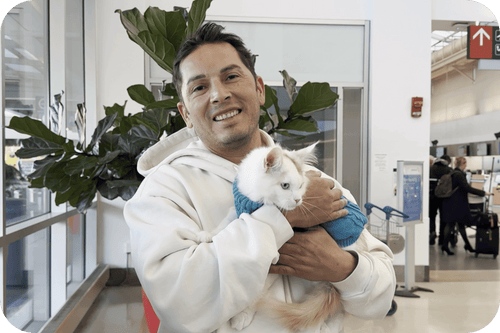





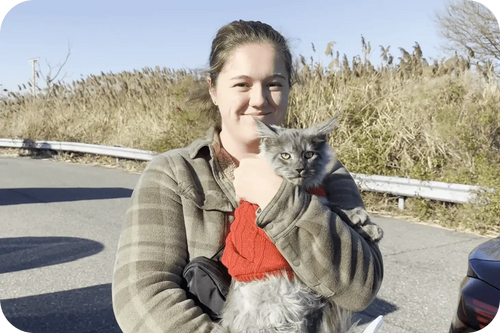
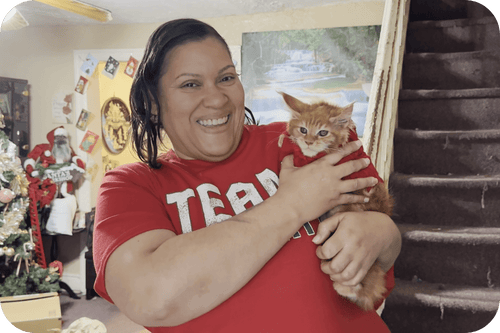
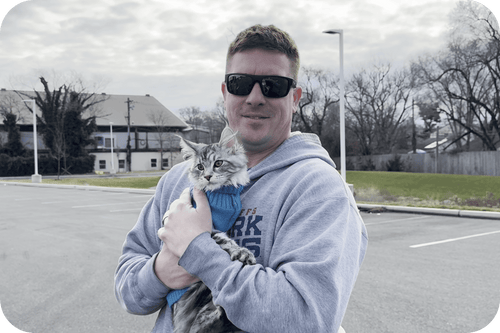





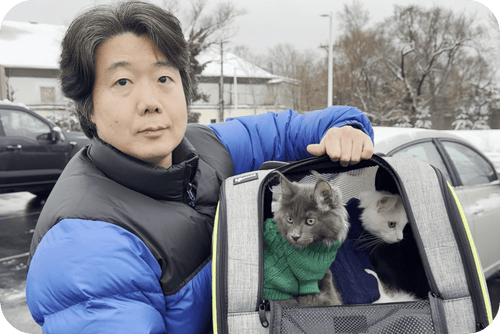
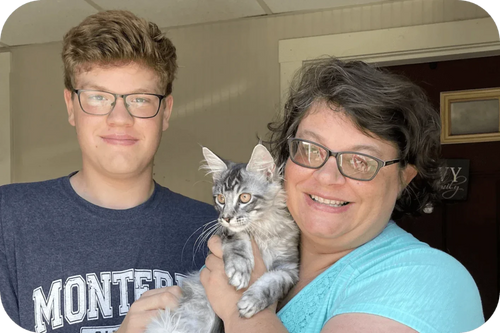

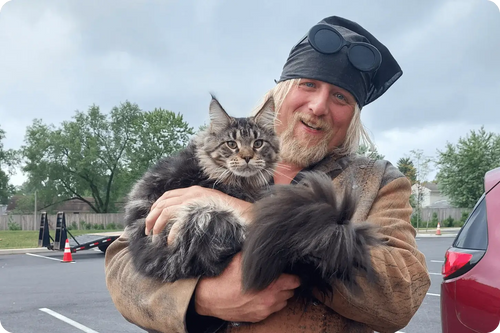


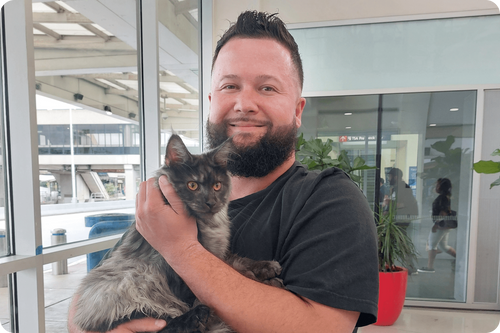











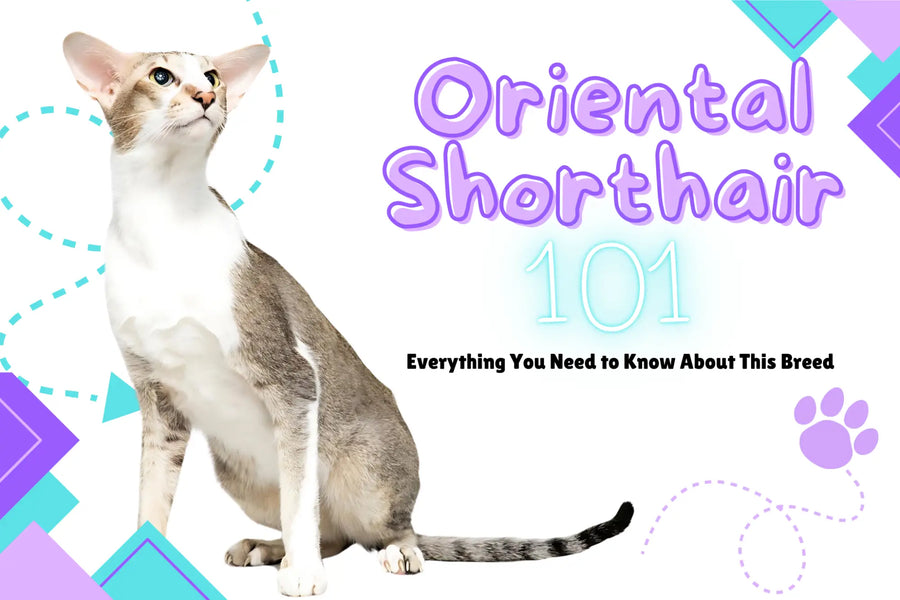
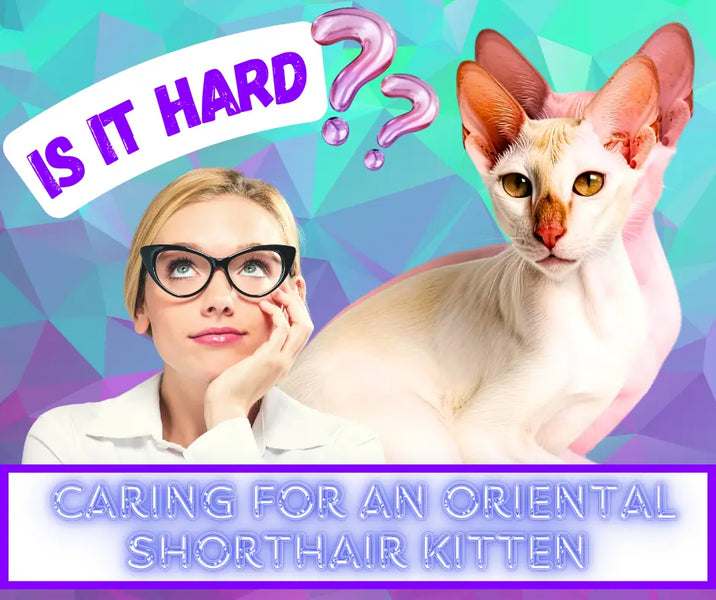

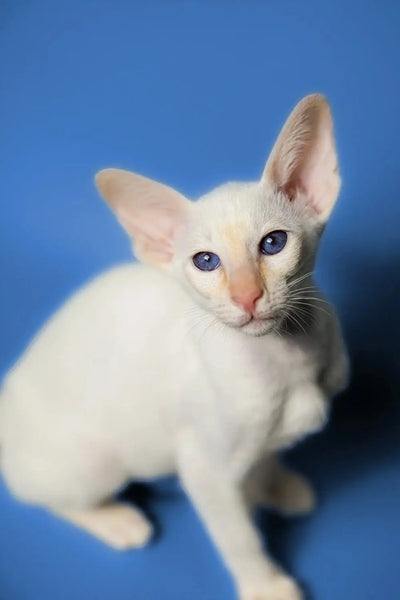
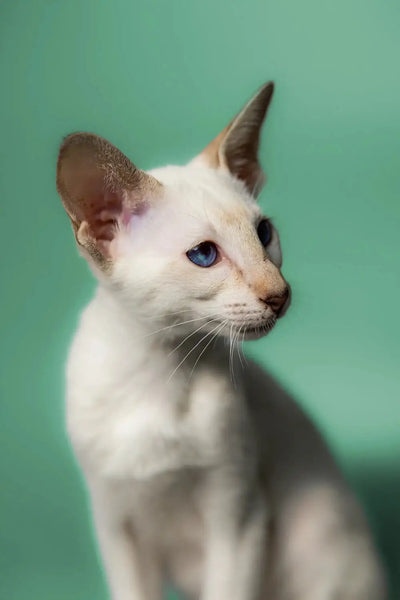




Comments(0)